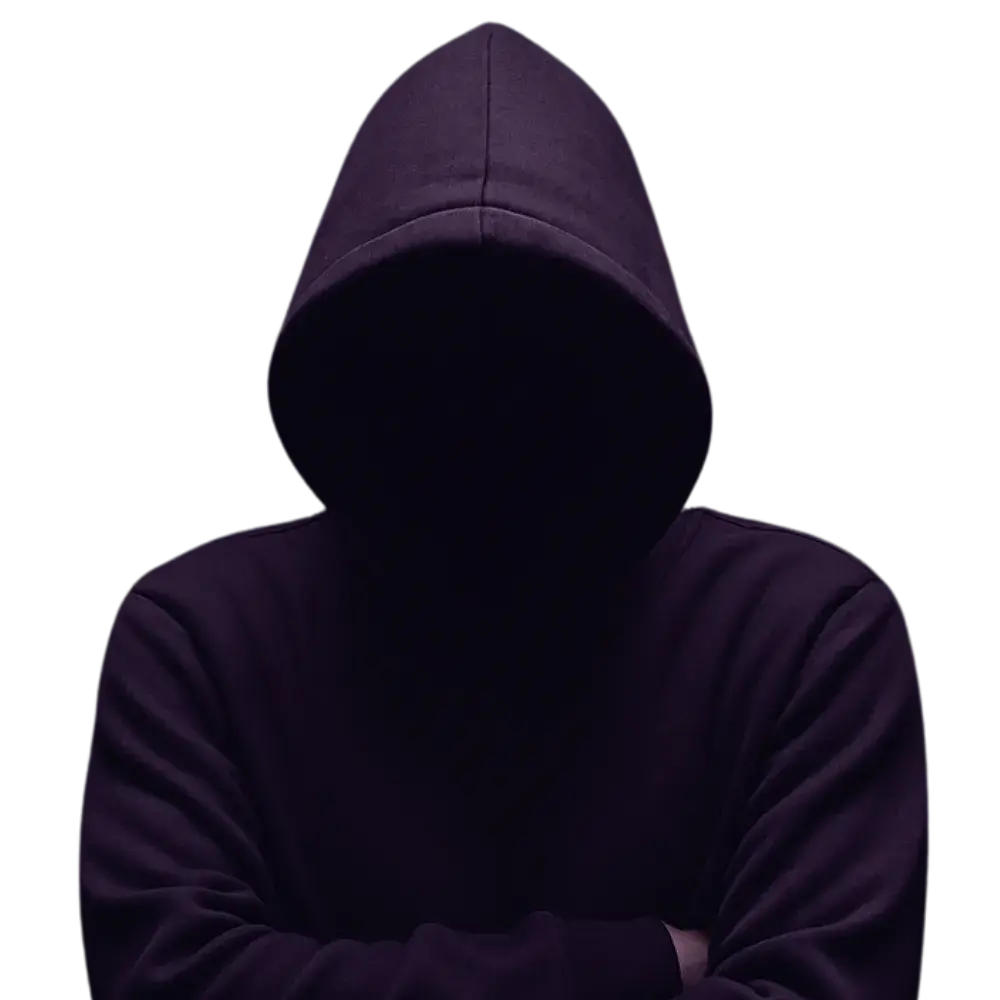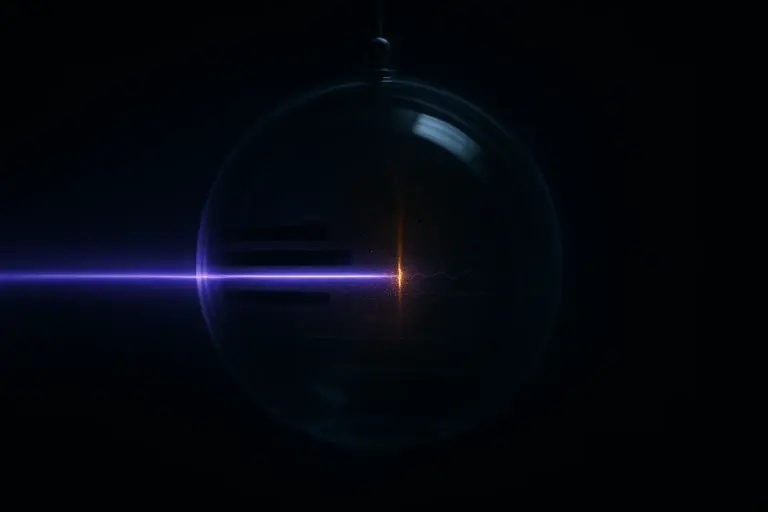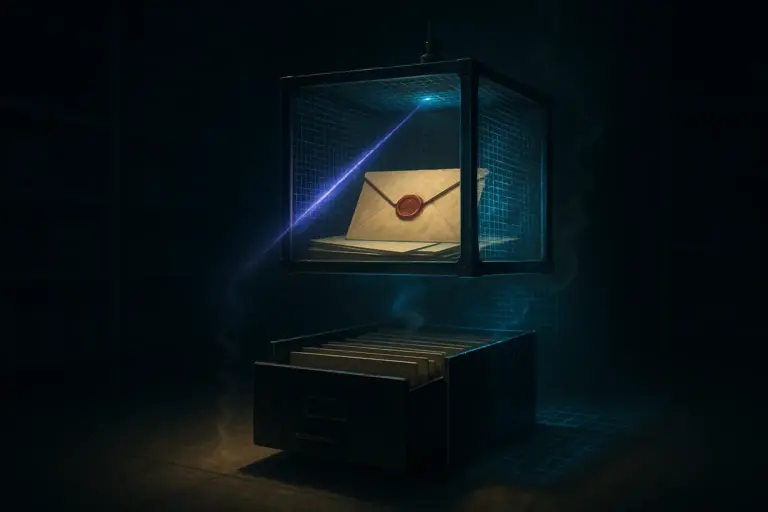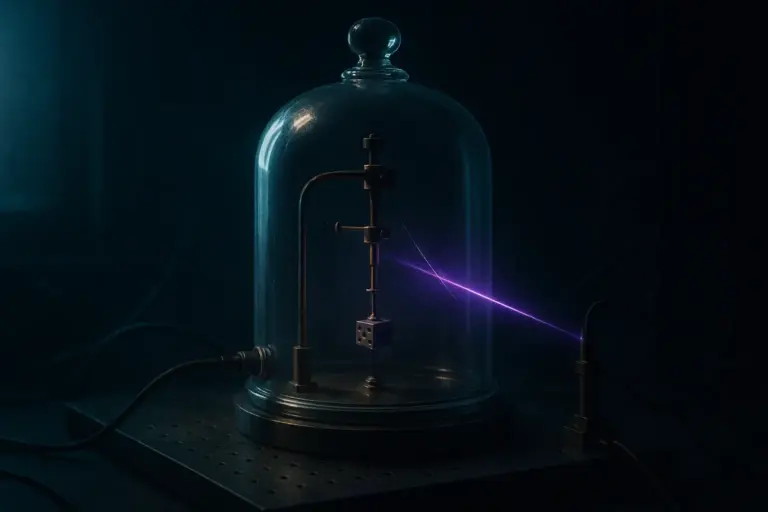Remote Viewing: An Investigation into the CIA’s Project STARGATE
Declassified ledgers from sealed rooms show remote viewing met statistical thresholds, yet the program was closed with its value officially denied.
The declassification stamp bleeds into the paper like a bruise, page edges rough from photocopy heat. A file that reads like science—control groups, targets sealed, statistical thresholds—was funded to test remote viewing for intelligence work, then shut down as if the numbers never cleared the threshold they set. The dates align, but the tone does not. Something in the room was measured, yet the mission closed with the lights still humming.
- What the Video Adds (Quick Summary)
- Project Stargate began in 1972 as a Pentagon attempt to use psychic abilities for espionage operations.
- Pat Price, a former police officer, produced detailed sketches of hidden Soviet installations that matched aerial reconnaissance.
- Session transcript from October 9, 1983 described a facility not yet constructed—blueprints drawn only in 1985.
- Documents in restricted archives suggest remote viewing sessions may have transcended conventional time boundaries.
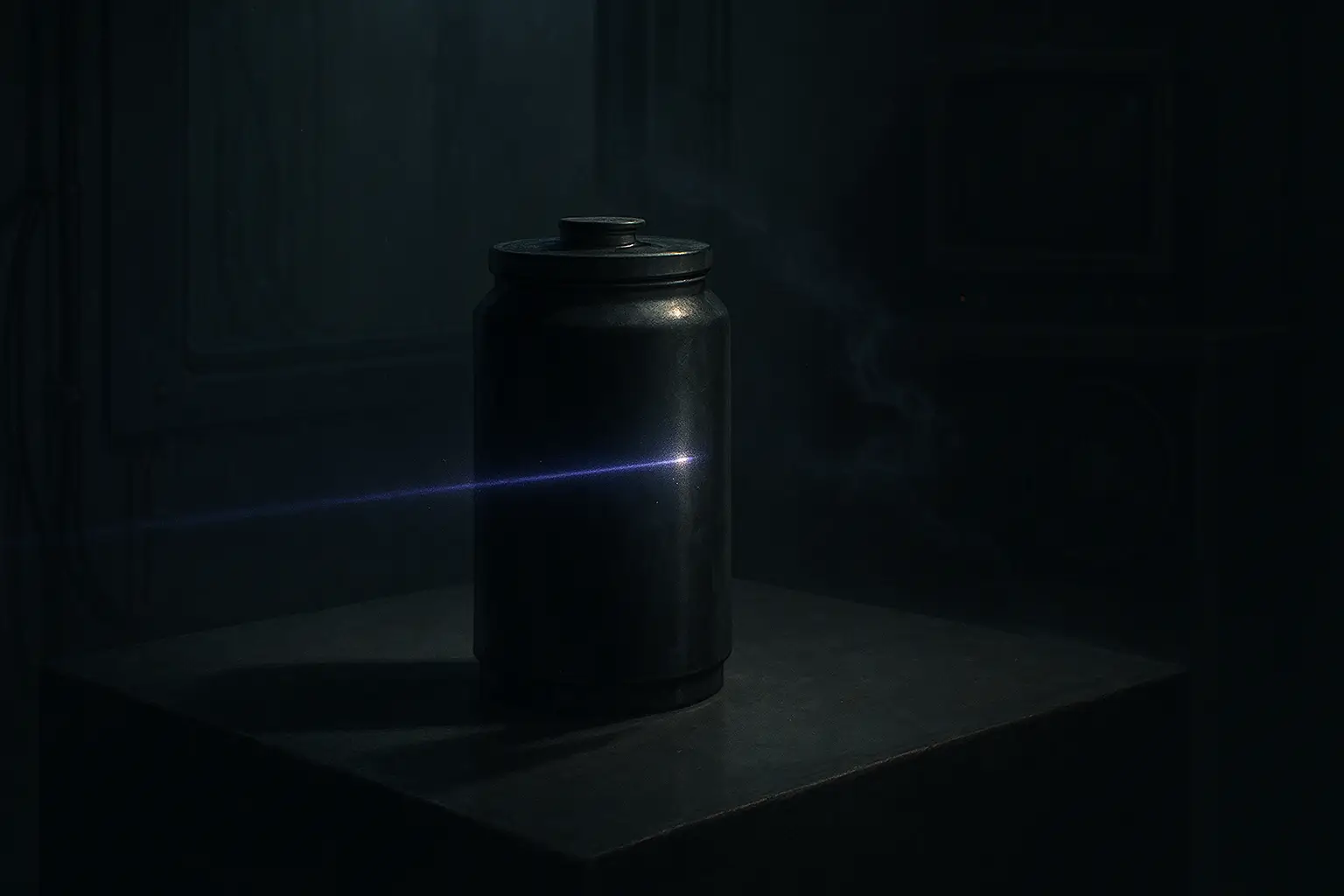
First breach in the record as Stargate remote viewing begins
Records indicate the first anomaly was administrative, not mystical. A unit with Army roots moved under Defense Intelligence, then back toward central oversight, building a lab rhythm of numbered targets, outbounder protocols, and blind judging as if the work belonged beside radar and reconnaissance. Operators were assigned sealed coordinates, feedback was delayed, and transcripts were scored against decoy targets. The language is clinical. The margins carry hand marks and copy noise, the only visible emotion in a file of the uncanny designed to be unemotional.
Archival summaries describe three lanes of activity—foreign assessment, external research, and in-house investigations—constructed to keep collection apart from validation and to wall off suggestion effects. The structure reads like a bunker made of methodology. In this architecture, the human subject sits at the center, monitored for cueing, stripped of context, and asked to describe what the coordinates hide.
(Source: CIA, 1995-01-01, STAR GATE PROJECT: AN OVERVIEW)
Anomalous cognition under protocol and peer review
Evaluation procedures were explicit. Files show intent to randomize targets, mask taskers, separate collectors from analysts, and preregister success metrics. Judges ranked transcripts against target pools using preset criteria, while analysts tracked hit rates across sessions to find a signal above chance. The plan called for external replication, independent statistics, and publication routes that would not compromise classified use cases. The architecture of psi under the lens demanded rigor that could survive scrutiny.
The design recognized two threats as lethal to inference—sensory leakage and analytic overlay. Controls attempted to eliminate both. When possible, sessions were done in sealed rooms with time stamps and audio logs; when not possible, documentation notes the breaks. The premise was austere and narrow. If a repeatable effect existed, it would survive blinding and survive scoring.
(Source: CIA, 1994-01-01, PROJECT STAR GATE RESEARCH AND PEER REVIEW PLAN)
“One file was missing — the one that mattered.”
Institutional denial and the end of the Stargate program
By late 1995, the tone shifts. A program that wrote its own peer review plan is evaluated and closed, officially for lack of operational value. The administrative record frames the outcome as performance not meeting intelligence thresholds, even where some experiments showed statistical lift. Redactions veil parts of the rationale. The dismissal is crisp, the gaps are not.
Secondary timelines align with that decision, placing the termination after an external review phase that emphasized inconsistent outcomes and limited actionable intelligence. What remains in the files is a contrast—laboratory signals that sometimes rose above chance, and operations that could not reliably turn that into targets, timetables, or maps. Inside the Stargate ledger, the mathematics survived where missions did not.
(Source: Wikipedia, 2003-09-05, Stargate Project U.S. Army unit)
Operational limits and future echoes of psi research
Archives show a boundary that never moved. Statistical hints surfaced under control—effect sizes modest, variable across viewers and days. But collection demands a different metric. Intelligence work needs reliability on demand, not signals averaged across many sessions. Files suggest that is where the method bent and failed. In practice, taskers could not bet a mission on a channel that faded when pressure rose.
Later academic commentary noted credible evidence in controlled settings, while agreeing that translation to field utility remained unproven. The distinction is technical, not romantic. A tool can be detectable in a laboratory and still be unusable in an operation. That is the quiet argument that closes many pages. It does not erase the question; it confines it. Remote viewing, in this frame, is an effect that met math more often than it met mission.
(Source: UC Davis, 1995-11-28, Psychic Spying Research Produces Credible Evidence)
“The tape clicks and the room waits for a verdict that never comes.”
Sources unsealed Project Stargate files and reviews
(Source: CIA, 2004-02-01, STARGATE Collection)
(Source: CIA, 1995-01-01, STAR GATE PROJECT: AN OVERVIEW)
(Source: UC Davis, 1995-11-28, Psychic Spying Research Produces Credible Evidence)
(Source: Wikipedia, 2003-09-05, Stargate Project U.S. Army unit)
Final transmission afterimages of the Stargate dossier
The CRT glow spills over a stack of copied maps, blacked squares where coordinates should live.
A fan turns the air and the paper breathes like a low tide in a sealed room.
Between method and mission the question of remote viewing persists and the margin notes keep score.
Home Paranormal Mysteries Psychic Phenomena — Signal ends — clarity remains.
What did the Stargate Project prove about remote viewing
Declassified files show controlled experiments with targets and blind judging that sometimes exceeded chance levels. Agencies concluded the effect did not translate into consistent operational intelligence. Source: CIA, 2004-02-01, cia.gov/readingroom/collection/stargate
How reliable were the anomalous cognition experiments
Protocols attempted to minimize cueing with randomization and independent scoring, producing mixed but occasionally significant outcomes. Reliability varied by viewer and session, limiting actionable application. Source: UC Davis, 1995-11-28, ucdavis.edu/news/psychic-spying-research-produces-credible-evidence
What uncertainties constrained the DIA program
Operational value depended on reproducibility under pressure, which records indicate was not achieved across tasks. The program ended after reviews emphasized inconsistent utility and classification gaps. Source: Wikipedia, 2003-09-05, en.wikipedia.org/wiki/Stargate_Project_(U.S._Army_unit)
What did the Stargate Project prove about remote viewing
Declassified files show controlled experiments with targets and blind judging that sometimes exceeded chance levels. Agencies concluded the effect did not translate into consistent operational intelligence. Source: CIA, 2004-02-01, cia.gov/readingroom/collection/stargate
How reliable were the anomalous cognition experiments
Protocols attempted to minimize cueing with randomization and independent scoring, producing mixed but occasionally significant outcomes. Reliability varied by viewer and session, limiting actionable application. Source: UC Davis, 1995-11-28, ucdavis.edu/news/psychic-spying-research-produces-credible-evidence
What uncertainties constrained the DIA program
Operational value depended on reproducibility under pressure, which records indicate was not achieved across tasks. The program ended after reviews emphasized inconsistent utility and classification gaps. Source: Wikipedia, 2003-09-05, en.wikipedia.org/wiki/Stargate_Project_(U.S._Army_unit)
They Don’t Want You to Know This
Join the society of the curious. Get early access to leaked findings, hidden knowledge, and suppressed discoveries — straight to your inbox, before they vanish.
